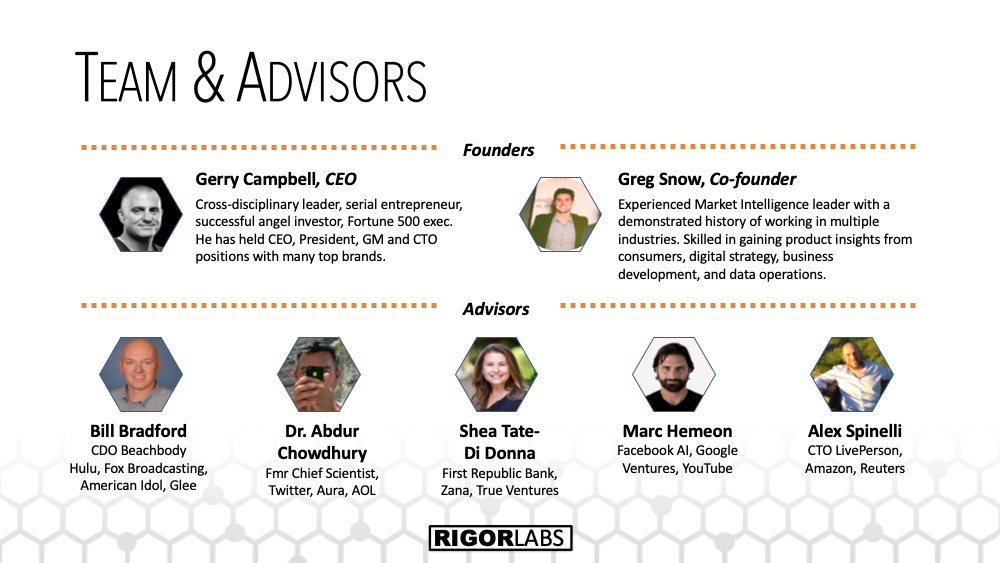Conducting competitive research is crucial to your company’s success. It equips you with the knowledge to know industry trends, helps you understand how your competition is marketing to potential customers, and it gives you the insights into their overall strategy. If asked to conduct competitive research, most will start by going to their website, downloading their app, signing up for their newsletter, reading their blog, and then doing a side-by-side feature comparison. But if you do this you’re missing the point. What you need to know is why is the user purchasing goods/services from your competition and not coming to you?
So what’s the right way? When evaluating your competition, you need to speak with consumers purchasing your competitor’s products. You need to get down to the “why?” something is happening. Don’t just interpret for yourself why you think they’re successful or not, you’ll miss the insight. By talking with your competition’s customers you accomplish two things: 1) you learn what customer need your competition is serving and 2) you can identify if there are any gaps that aren’t being met for the consumer.
Let’s take CarMax for example. Who actually loves going through the car buying process? That’s right, no one does. When the company was conceived CarMax’s founders studied the market to understand where opportunities existed. The learned what customers hated about buying cars, and built a company that is more consumer-friendly. By doing that they flipped the industry upside down.
- Customers hate interacting with pushy salespeople, so they simplified the customer/salesperson relationship. They did this with “No-Haggle Pricing.” Also, CarMax removed a major source of misalignment between buyers and salespeople by offering the same commission for any car sold. It doesn’t matter how cheap or expensive, the salespersion is incented to get you the car you want.
- They also introduced “5-day money back guarantee” to help with buyers remorse.
- They became obsessed with transparency, showing the consumer the quality of their cars. They not only show them the CarFax, but exposing every step of the extensive inspection process.
- And finally, they listed the “Kelly Blue Book Pricing” to show that they weren’t being ripped off.
Another great example is Southwest Airlines. Every year Southwest is among the top on the customer satisfaction list. They achieve this by studying the industry, listening to travelers, and handling them in a very personal way. They also introduced Transfarency, getting rid of baggage fees, change fees, and offering free live TV.
These are just a couple well-known examples. Every day companies are being pressed by competition to adapt or get squeezed out. CarMax found success by providing transparency. Southwest became obsessed with making your travel as stress-free as possible, carving out a space for themselves. Both companies have caused entire industries to adjust to their competitive strength. And in both cases the key to the opportunity was understanding strengths and weaknesses of competitive offerings.
So I’d like to end this post with a challenge: Take a look at your industry, understand what your competition is doing well and not so well, and figure out how you can capitalize on an unmet need for your company. And in that challenge, make sure you’re talking to your competitor’s customers, they are the key to helping you learn what you don’t know that you don’t know.



